The Giant Danio is an interesting freshwater fish. Its scientific name “Devario aequipinnatus” means “small wild species with equal-sized fins.” It comes from South Asia, in places like India, Nepal, and Bangladesh.
Table of Contents
These active fish like to swim in the top part of the tank. They do well in groups of 6 or more. They’re peaceful fish and good tank mates for other types of danios, rasboras, and barbs. But they might eat very small fish.
Giant Danios normally grow to about 4 inches long. The biggest one ever found was 6 inches! They have long, thin, silver bodies with blue stripes. The fins are clear except for yellow edges on the tail.
In the wild, Giant Danios eat insects, worms, and tiny plants. In a tank, they like flakes, pellets, and frozen foods. They need a varied diet to stay healthy.
The Giant Danio was first described in scientific journals in 1860. But they’ve been popular aquarium fish for a long time. Many people like watching their playful swimming.
They belong to the carp family, Cyprinidae, which has over 1,500 species. Other popular aquarium fish in this family are barbs, rasboras, and other danios.
Giant Danios are hardy fish that can handle changing water conditions. They like temperatures between 72-81°F. But they still need clean water and good filter systems.
In the aquarium trade, Giant Danios have other names too. They’re sometimes called Malabar Danio, Malabar Giant Danio, or Cobra Danio.
To keep Giant Danios happy, give them a long tank so they have room to swim. 20 gallons is good for a small school. Include some plants and rocks for them to explore.
Giant Danios are easy to care for and fun to watch. They’re playful, peaceful, and pretty. No wonder they’ve been a favorite with fish-keepers for so many years!
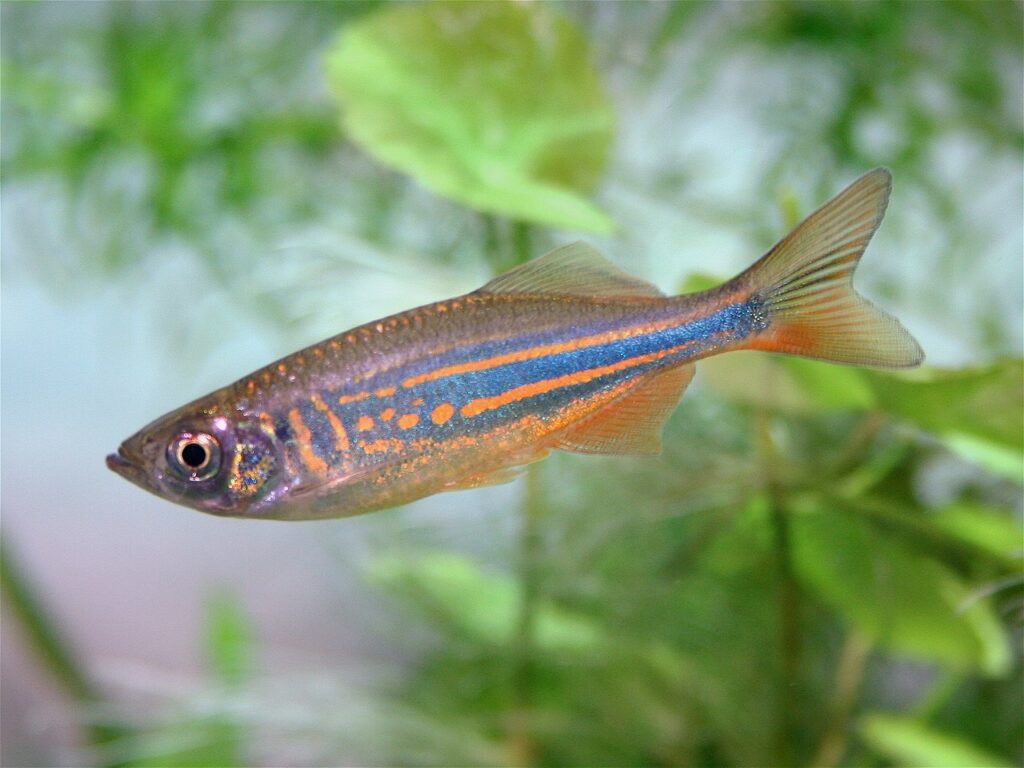
Giant Danio Key Information
The Giant Danio (Devario aequipinnatus) is a stunning freshwater fish known for its sleek, elongated body and striking coloration. Its base color is a shimmering silver, adorned with vibrant blue stripes that run horizontally along its sides. These stripes can vary in intensity, ranging from a subtle powder blue to a rich, deep azure. The fins are translucent, with a hint of yellow along the edges of the caudal fin, adding a touch of elegance to its overall appearance.
Giant Danio (Devario aequipinnatus) Characteristics:
| Family | Cyprinidae |
| Origin | India, Nepal, Bangladesh |
| Price | $2 to $5 per fish |
| Common names | Giant Danio, Malabar Danio, Malabar Giant Danio, Cobra Danio |
| Variants | None |
| Ideal tank size | 20 gallons or larger |
| Water parameters | Temperature: 72-81°F (22-27°C), pH: 6.0-8.0, Hardness: 5-20 dGH |
| Lifespan | 3-5 years |
| Full size | 4-6 inches (10-15 cm) |
| Natural environment | Fast-moving streams and rivers with rocky substrates |
| Behavior | Active, peaceful, schooling fish |
| Habitat preference | Top to mid-level swimmer |
| Aquarium decoration | Plants, rocks, driftwood, open swimming areas |
| Ideal tank mates | Other peaceful, similarly-sized fish (e.g., barbs, rasboras, loaches) |
| Fish to avoid | Large, aggressive fish or very small fish that may be eaten |
| Best foods/diet | Omnivorous; flakes, pellets, frozen, and live foods (varied diet) |
| Disease | Susceptible to common freshwater diseases if water quality is poor |
| Sex-switch | Does not change sex |
| Gender Differences | Males may be slightly more slender and colorful than females |
| Care level | Easy |
| Breeding level | Moderate |
Ideal Tank Mates for Giant Danio
Choosing the right tank mates for Giant Danios is essential, as it involves carefully assessing their temperament, size, and environmental needs. These lively and serene schooling fish do best when paired with suitable species that enjoy the upper to middle areas of the aquarium and need plenty of space to swim.
Ideal tank mates for Giant Danios should be non-aggressive, similar in size, and have comparable water parameter requirements. It’s best to avoid large, aggressive fish that may bully or eat the Giant Danios, as well as very small fish that the Giant Danios might perceive as food.
Here are 10 ideal tank mates for Giant Danios, along with their characteristics and compatibility explanations:
1. Zebra Danios (Danio rerio)
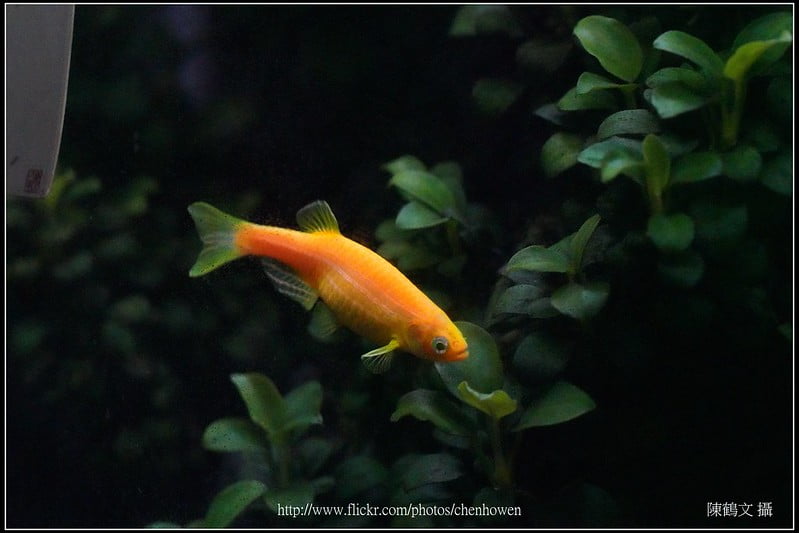
| Common/Market Names | Zebra Danio, Striped Danio, Zebrafish |
| Price Range | $1 to $3 per fish |
| Care Level | Easy |
| Behavior | Active, peaceful, schooling |
| Life Span | 3-5 years |
| Max Size | 2 inches (5 cm) |
Zebra Danios are an excellent choice as tank mates for Giant Danios due to their similar temperament, activity level, and water parameter requirements. They are smaller than Giant Danios but share the same peaceful, schooling nature. Zebra Danios occupy the same top to mid-level swimming area and add visual interest with their striped pattern.
2. Pearl Danios (Danio albolineatus)
| Common/Market Names | Pearl Danio, Pearly Danio |
| Price Range | $2 to $4 per fish |
| Care Level | Easy |
| Behavior | Active, peaceful, schooling |
| Life Span | 3-5 years |
| Max Size | 2.5 inches (6 cm) |
Pearl Danios are another excellent tank mate choice for Giant Danios. They belong to the same genus and share similar care requirements. Pearl Danios have a shimmering, iridescent appearance that complements the Giant Danios’ coloration. They are active swimmers and will school together with the Giant Danios, creating a dynamic display in the aquarium.
3. Harlequin Rasboras (Trigonostigma heteromorpha)

| Common/Market Names | Harlequin Rasbora, Red Rasbora |
| Price Range | $2 to $4 per fish |
| Care Level | Easy |
| Behavior | Peaceful, schooling |
| Life Span | 5-8 years |
| Max Size | 2 inches (5 cm) |
Harlequin Rasboras are a popular choice for community tanks and make great companions for Giant Danios. They are peaceful, schooling fish with a striking red and black coloration. Harlequin Rasboras occupy the mid-level of the aquarium and have similar water parameter requirements to Giant Danios. They add a splash of color and contrast to the tank.
4. Cherry Barbs (Puntius titteya)
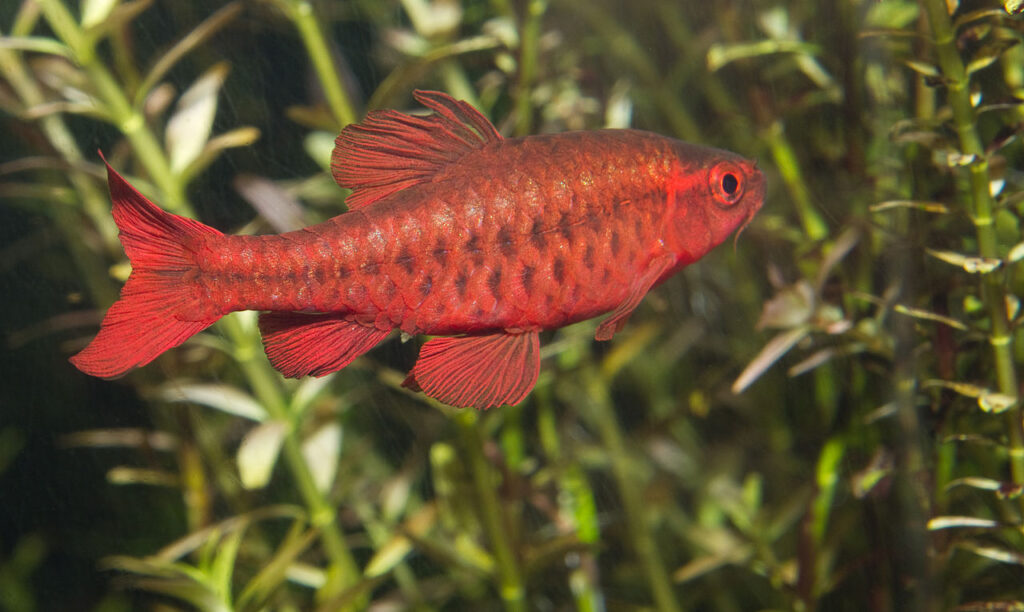
| Common/Market Names | Cherry Barb, Red Barb |
| Price Range | $2 to $5 per fish |
| Care Level | Easy |
| Behavior | Peaceful, schooling |
| Life Span | 4-6 years |
| Max Size | 2 inches (5 cm) |
Cherry Barbs are a colorful and peaceful addition to a Giant Danio tank. The males display a vibrant red coloration, while females are more subdued in color. Cherry Barbs are active swimmers and prefer to be kept in schools. They have similar water parameter requirements to Giant Danios and occupy the mid-level of the aquarium.
5. Neon Tetras (Paracheirodon innesi)
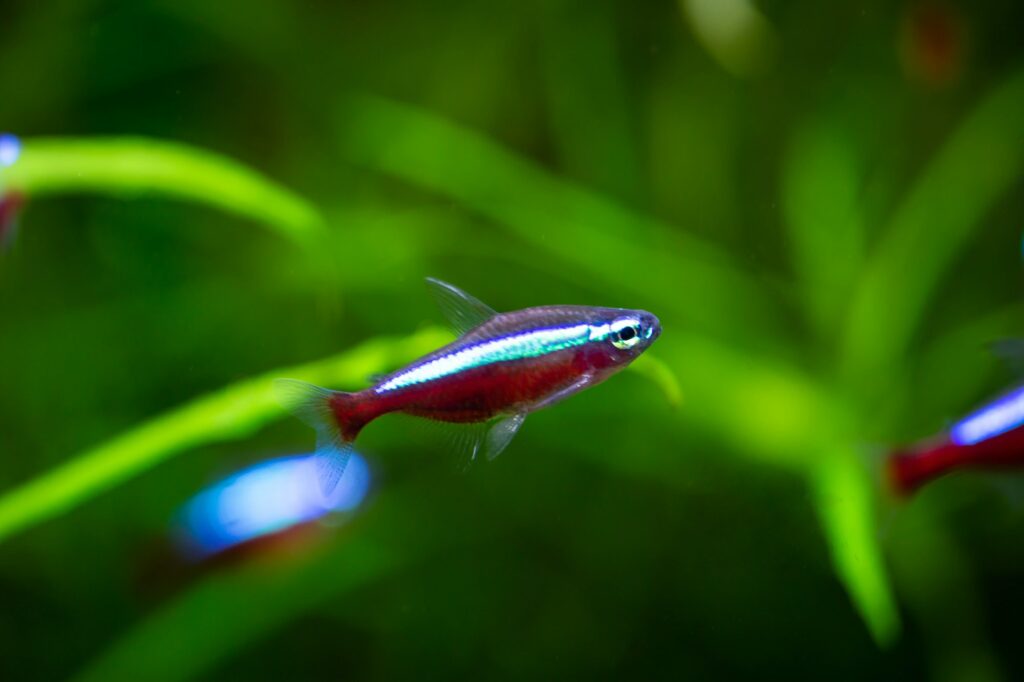
| Common/Market Names | Neon Tetra |
| Price Range | $1 to $3 per fish |
| Care Level | Easy |
| Behavior | Peaceful, schooling |
| Life Span | 5-8 years |
| Max Size | 1.5 inches (4 cm) |
Neon Tetras are a classic community tank fish that can make good tank mates for Giant Danios. They are small, peaceful, and schooling fish known for their iconic blue and red stripes. Neon Tetras occupy the mid-level of the aquarium and have similar water parameter requirements to Giant Danios. They add a bright pop of color to the tank and create an attractive contrast with the Giant Danios’ striped pattern.
6. Dwarf Gouramis (Trichogaster lalius)
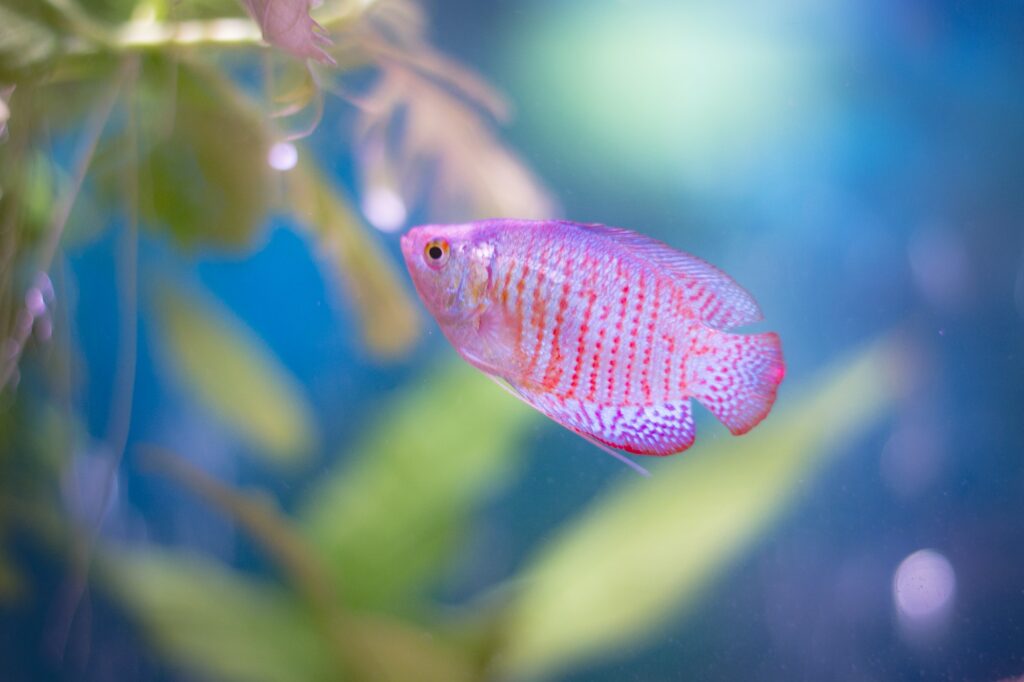
| Common/Market Names | Dwarf Gourami, Flame Dwarf Gourami, Powder Blue Dwarf Gourami |
| Price Range | $4 to $8 per fish |
| Care Level | Easy to Moderate |
| Behavior | Peaceful, can be territorial with other gouramis |
| Life Span | 4-6 years |
| Max Size | 3.5 inches (9 cm) |
Dwarf Gouramis can make interesting tank mates for Giant Danios. They are colorful, peaceful fish that occupy the top to mid-level of the aquarium. Dwarf Gouramis have a unique labyrinth organ that allows them to breathe air from the surface. They can be territorial with other gouramis but are generally peaceful with other species. Dwarf Gouramis add a different swimming style and body shape to the tank, creating visual interest.
7. Pygmy Corydoras (Corydoras pygmaeus)
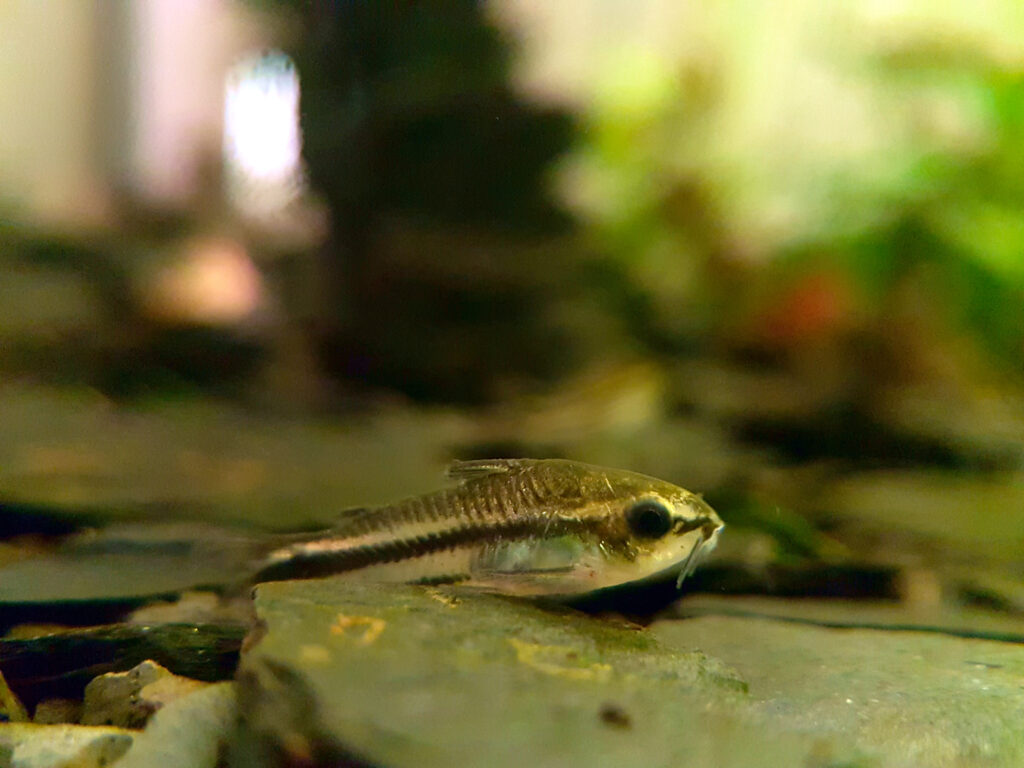
| Common/Market Names | Pygmy Cory, Pygmy Catfish |
| Price Range | $2 to $4 per fish |
| Care Level | Easy |
| Behavior | Peaceful, schooling, bottom-dwelling |
| Life Span | 3-5 years |
| Max Size | 1 inch (2.5 cm) |
Pygmy Corydoras are a peaceful, bottom-dwelling species that can coexist well with Giant Danios. These tiny catfish are active schooling fish that prefer to be kept in groups of at least six. They occupy the bottom level of the aquarium, scavenging for leftover food and debris. Pygmy Corydoras have similar water parameter requirements to Giant Danios and add a different dimension to the tank with their bottom-dwelling behavior.
8. White Cloud Mountain Minnows (Tanichthys albonubes)
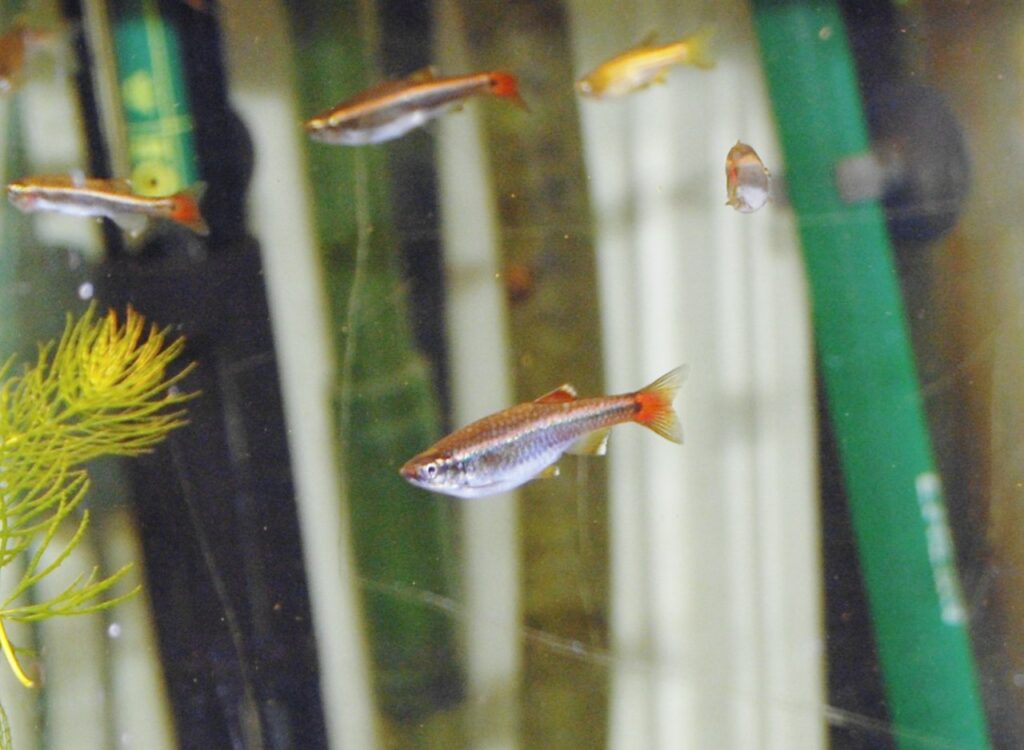
| Common/Market Names | White Cloud Minnow, White Cloud |
| Price Range | $2 to $4 per fish |
| Care Level | Easy |
| Behavior | Peaceful, schooling |
| Life Span | 3-5 years |
| Max Size | 1.5 inches (4 cm) |
White Cloud Mountain Minnows are another excellent choice as tank mates for Giant Danios. These small, hardy fish are peaceful and prefer to school. They have similar water parameter requirements to Giant Danios and occupy the mid to top levels of the aquarium. White Cloud Mountain Minnows have an attractive red, gold, and olive coloration that adds visual appeal to the tank.
9. Rummy Nose Tetras (Hemigrammus rhodostomus)
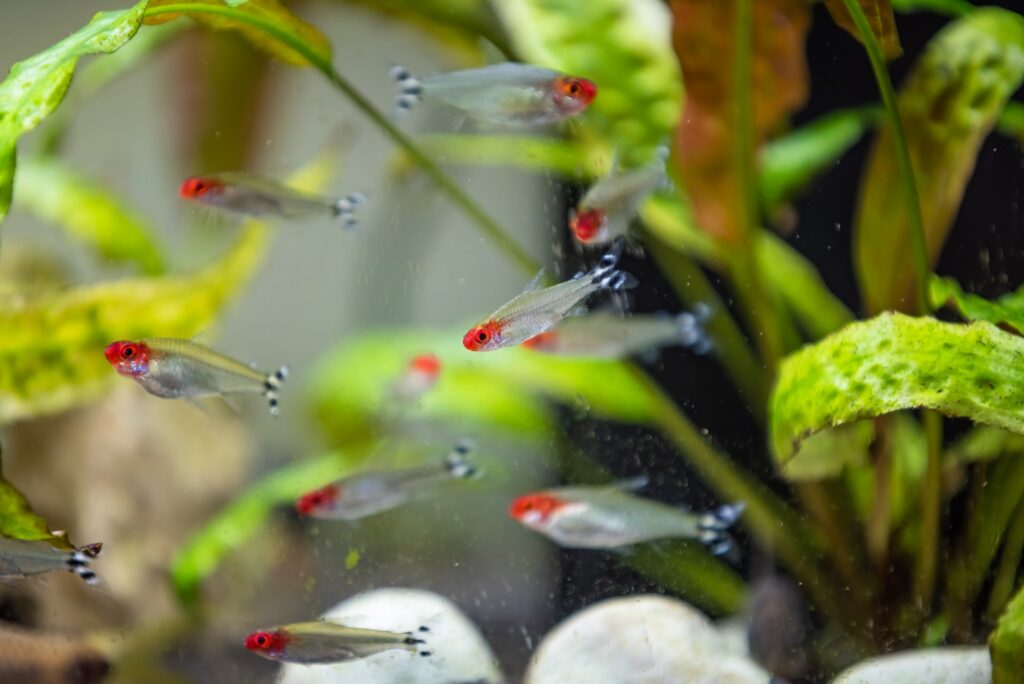
| Common/Market Names | Rummy Nose Tetra, Firehead Tetra |
| Price Range | $3 to $5 per fish |
| Care Level | Moderate |
| Behavior | Peaceful, schooling |
| Life Span | 5-6 years |
| Max Size | 2.5 inches (6 cm) |
Rummy Nose Tetras are a striking and peaceful schooling fish that can make good tank mates for Giant Danios. They are known for their bright red heads and silvery bodies. Rummy Nose Tetras prefer to be kept in schools and occupy the mid-level of the aquarium. They have similar water parameter requirements to Giant Danios and create a stunning display when schooling together.
10. Kuhli Loaches (Pangio kuhlii)
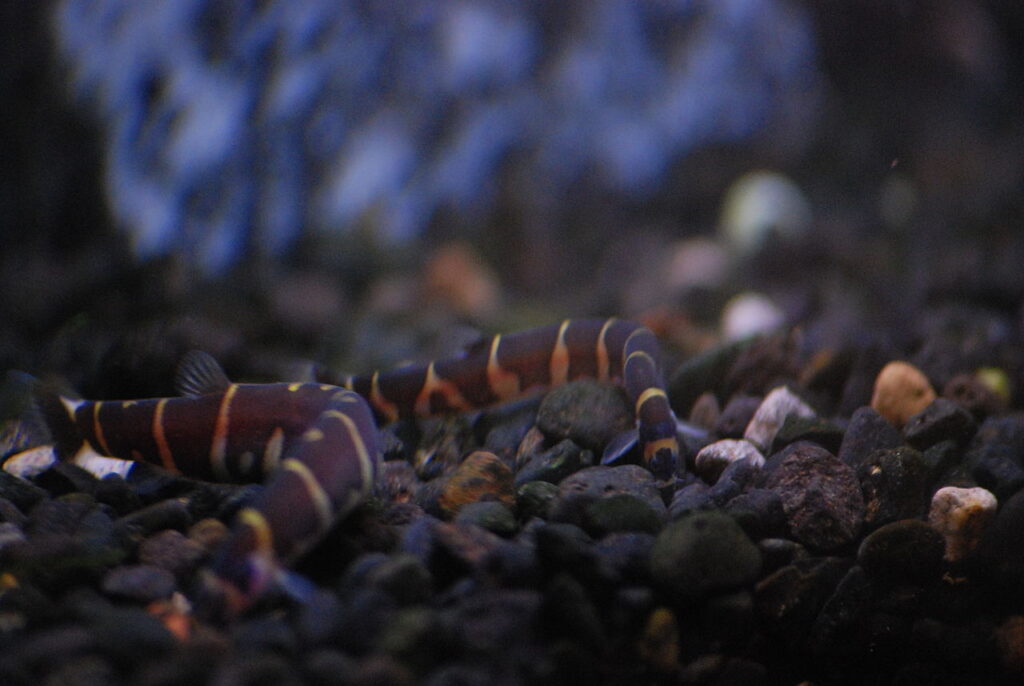
| Common/Market Names | Kuhli Loach, Coolie Loach |
| Price Range | $3 to $6 per fish |
| Care Level | Easy to Moderate |
| Behavior | Peaceful, nocturnal, bottom-dwelling |
| Life Span | 8-10 years |
| Max Size | 4 inches (10 cm) |
Kuhli Loaches are a unique and peaceful bottom-dwelling species that can coexist well with Giant Danios. These eel-like fish have a fascinating banded pattern and are most active during the night. Kuhli Loaches prefer to be kept in groups and occupy the bottom level of the aquarium, hiding among plants and decor. They have similar water parameter requirements to Giant Danios and add an interesting element to the tank with their unusual appearance and behavior.
FAQs about Giant Danio
How many Giant Danios should I keep in my aquarium?
Giant Danios are schooling fish and feel most comfortable in groups. It’s recommended to keep at least 6 Giant Danios together in your aquarium. Keeping them in larger groups will help them display their natural schooling behavior and reduce stress.
Can I keep Giant Danios in a planted aquarium?
Yes, Giant Danios can be kept in planted aquariums. However, due to their active swimming habits, it’s best to choose hardy, well-rooted plants that can withstand their boisterous behavior. Plants like Java Fern, Anubias, and Amazon Sword are good options.
Are Giant Danios jumpers?
Yes, Giant Danios are known to be excellent jumpers. It’s essential to keep a tight-fitting lid on your aquarium to prevent them from jumping out. Ensure there are no gaps or openings where they can escape.
Can Giant Danios be kept with shrimp?
It’s generally not recommended to keep Giant Danios with small shrimp species like Cherry Shrimp or Crystal Red Shrimp. Giant Danios may view the shrimp as food and attempt to eat them. However, larger shrimp species like Bamboo Shrimp or Vampire Shrimp can be kept with Giant Danios as they are too large to be considered prey.
How often should I feed my Giant Danios?
Feed your Giant Danios small amounts of food 2-3 times a day. Offer only what they can consume within 2-3 minutes to avoid overfeeding and maintain good water quality. A varied diet consisting of high-quality flakes, pellets, and occasional frozen or live foods will keep them healthy and thriving.
Do Giant Danios have any specific lighting requirements?
Giant Danios don’t have any specific lighting requirements and can adapt to a variety of aquarium lighting conditions. However, providing them with a well-lit aquarium that mimics a natural day/night cycle can help maintain their natural behavior and showcases their vibrant colors.
Can I keep Giant Danios in an unheated aquarium?
While Giant Danios are relatively hardy fish, it’s still recommended to keep them in an aquarium with a stable temperature between 72-81°F (22-27°C). Extreme temperature fluctuations can cause stress and weaken their immune system, making them more susceptible to diseases.
How can I tell the difference between male and female Giant Danios?
Distinguishing between male and female Giant Danios can be challenging, as they don’t display obvious external differences. However, males may be slightly more slender and have slightly more vibrant coloration than females. During breeding season, females will appear plumper due to the presence of eggs.
How long do Giant Danios live?
With proper care and a well-maintained aquarium, Giant Danios can live between 3-5 years. Factors like water quality, diet, and overall health can influence their lifespan. Regular tank maintenance, a balanced diet, and avoiding overcrowding can help ensure your Giant Danios live a long and healthy life.
Can I breed Giant Danios in my home aquarium?
Yes, breeding Giant Danios in a home aquarium is possible with the right conditions. To encourage breeding, provide a separate breeding tank with a shallow water level, fine-leaved plants, and a spawning mop. Condition the breeding pair with high-quality foods, and once spawning occurs, remove the adult fish to prevent them from eating the eggs. The eggs will hatch in about 24-36 hours, and the fry can be fed tiny foods like infusoria or commercially prepared fry food until they are large enough to consume regular food.
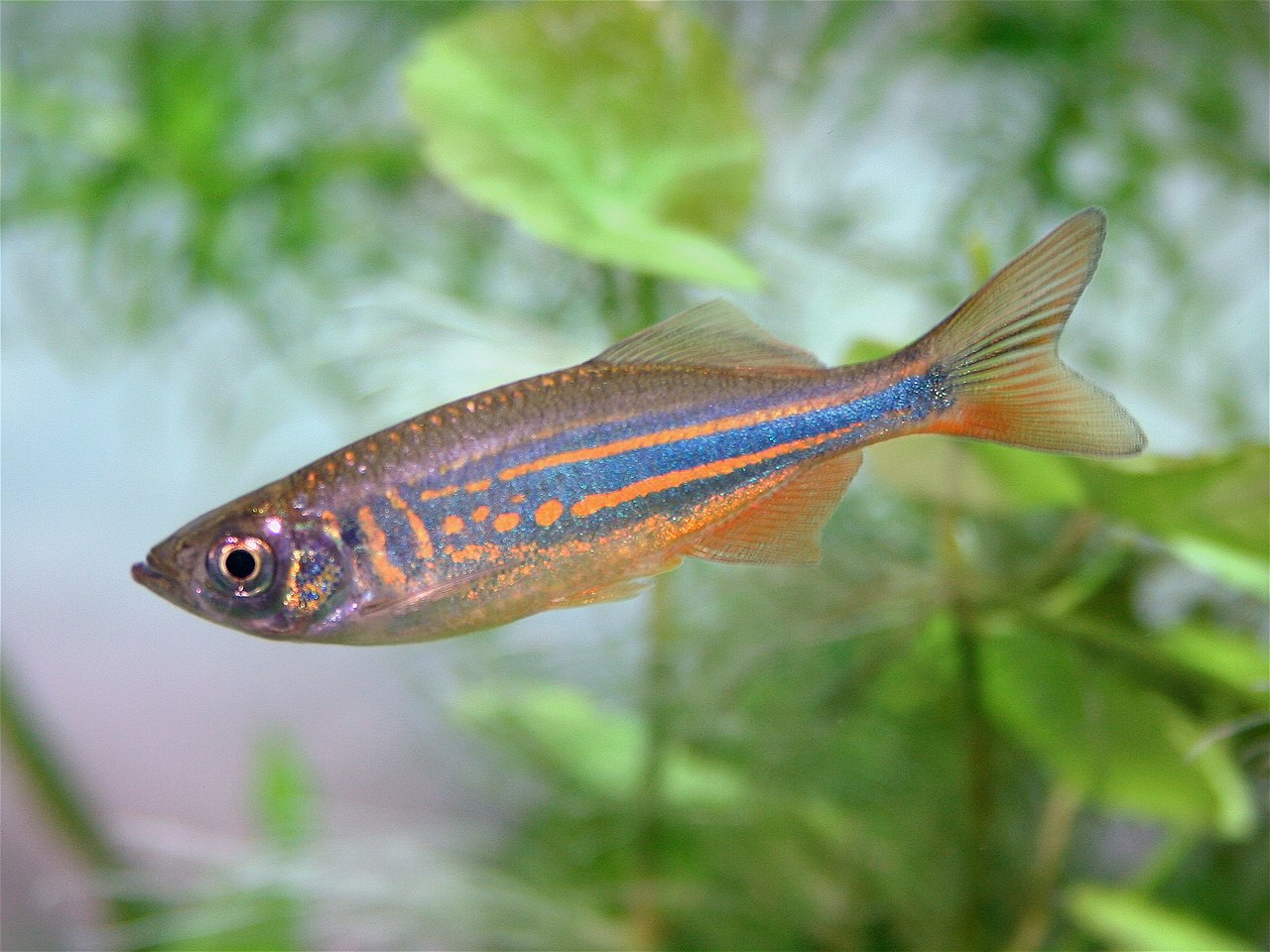
Leave a Reply